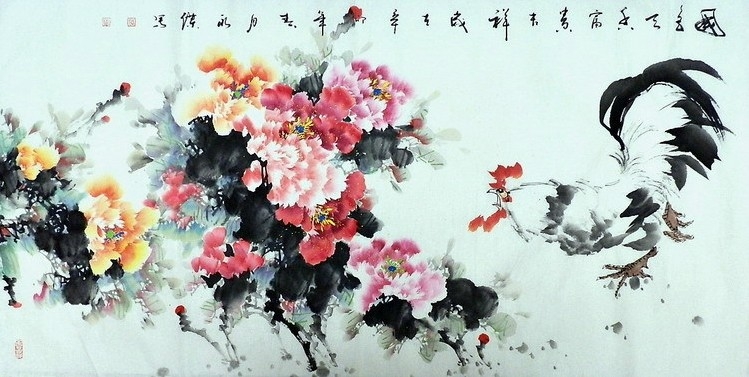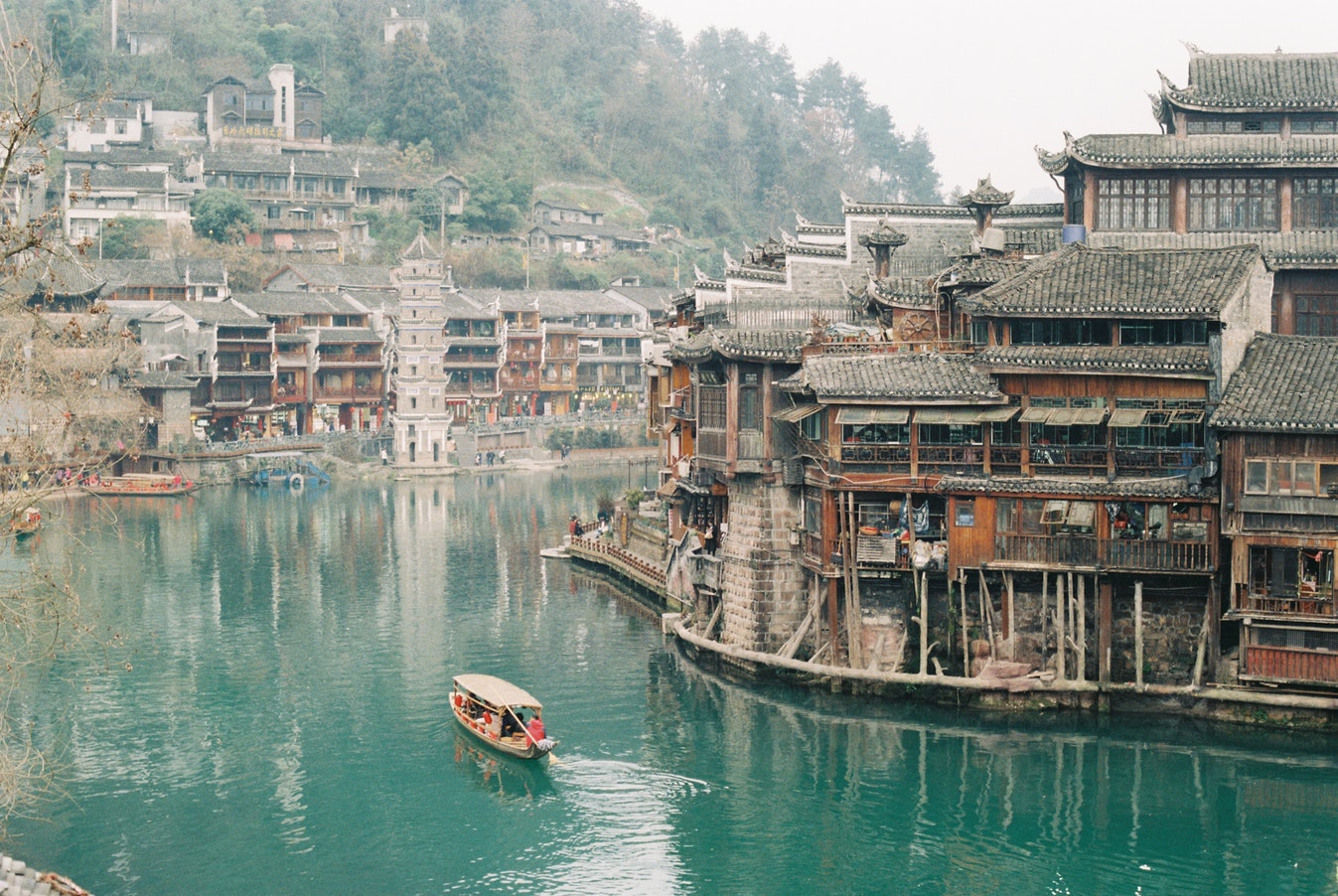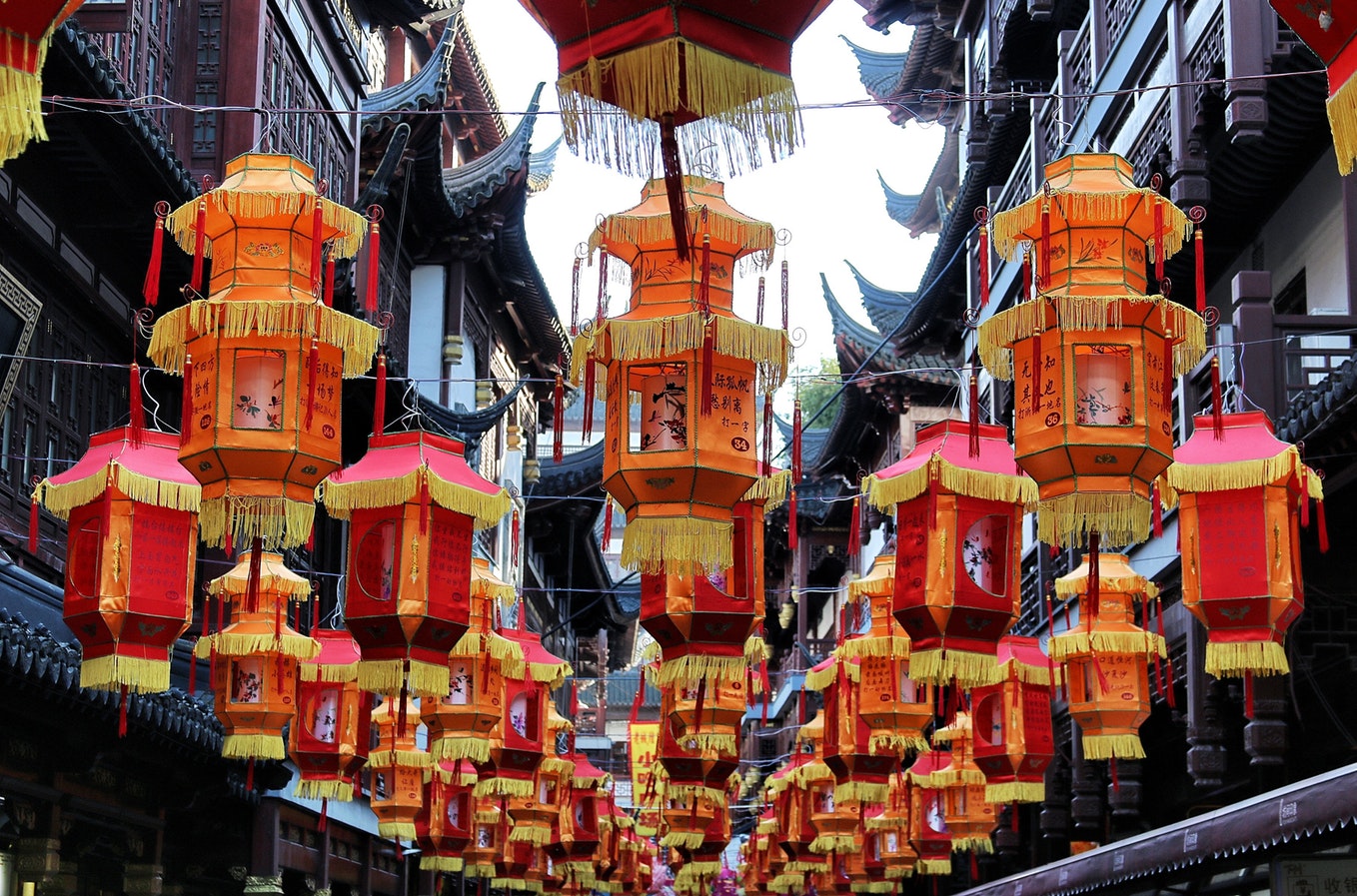06 News

Happy Chinese New Year from Criterion Global
17 JANUARY, 2017 | LUXURY MARKETING |  1226
新年快乐 Happy Chinese New Year! To usher in the year of the chicken, we’re sharing a few factoids about the Chinese luxury market
1226
新年快乐 Happy Chinese New Year! To usher in the year of the chicken, we’re sharing a few factoids about the Chinese luxury market
Chinese New Year is celebrated by more than 20% of the world. It’s the most important holiday in China and to Chinese people all over.
In China, you'll hear it being called chunjie (春节), or the Spring Festival. It’s still very wintry, but the holiday marks the end of the coldest days. People welcome spring and what it brings along: planting and harvests, new beginnings and fresh starts.
You can also call it the Lunar New Year, because countries such as North and South Korea and Vietnam celebrate it as well. And because the Spring Festival goes according to the lunar calendar. Which means . . . There's no set date for Chinese New Year. According to the Lunar calendar, the Spring Festival is on January 1st and lasts until the 15th (the full moon). But when you try to calculate it with the solar (Gregorian) calendar, the date is all over the place.
According to the Lunar calendar, the Spring Festival is on January 1st and lasts until the 15th (the full moon). But when you try to calculate it with the solar (Gregorian) calendar, the date is all over the place.
Chinese New Year ranges from January 21 to February 20. In 2018, it occurs on February 16. The lunar calendar is still really important in China, even though it has officially moved to the Gregorian calendar like the rest of the world. All traditional holidays and days such as the Winter Solstice are celebrated. Some people still calculate their birthdays and ages according to the lunar calendar too! The Spring Festival was originally a ceremonial day to pray to gods for a good planting and harvest season. As an agrarian society, the harvest was everything. People also prayed to their ancestors, as they were treated as gods (see Mulan for reference).
But the myths are much more interesting. According to one legend, there was a monster named Nian (年). It would come about every New Year’s Eve. Most people would hide in their homes. But one boy was brave enough to fight him off using firecrackers. The next day, people celebrated their survival by setting off even more firecrackers. And that practice became a crucial part of the Spring Festival. As in the myth about Nian, firecrackers are supposed to scare off monsters and bad luck. So people stay up on Chinese New Year’s Eve and set off firecrackers at midnight. In the morning, firecrackers are used again to welcome the new year and good luck.
As in the myth about Nian, firecrackers are supposed to scare off monsters and bad luck. So people stay up on Chinese New Year’s Eve and set off firecrackers at midnight. In the morning, firecrackers are used again to welcome the new year and good luck.
Chinese New Year is celebrated by more than 20% of the world. It’s the most important holiday in China and to Chinese people all over.
In China, you'll hear it being called chunjie (春节), or the Spring Festival. It’s still very wintry, but the holiday marks the end of the coldest days. People welcome spring and what it brings along: planting and harvests, new beginnings and fresh starts.
You can also call it the Lunar New Year, because countries such as North and South Korea and Vietnam celebrate it as well. And because the Spring Festival goes according to the lunar calendar. Which means . . . There's no set date for Chinese New Year.
 According to the Lunar calendar, the Spring Festival is on January 1st and lasts until the 15th (the full moon). But when you try to calculate it with the solar (Gregorian) calendar, the date is all over the place.
According to the Lunar calendar, the Spring Festival is on January 1st and lasts until the 15th (the full moon). But when you try to calculate it with the solar (Gregorian) calendar, the date is all over the place.
Chinese New Year ranges from January 21 to February 20. In 2018, it occurs on February 16. The lunar calendar is still really important in China, even though it has officially moved to the Gregorian calendar like the rest of the world. All traditional holidays and days such as the Winter Solstice are celebrated. Some people still calculate their birthdays and ages according to the lunar calendar too! The Spring Festival was originally a ceremonial day to pray to gods for a good planting and harvest season. As an agrarian society, the harvest was everything. People also prayed to their ancestors, as they were treated as gods (see Mulan for reference).
But the myths are much more interesting. According to one legend, there was a monster named Nian (年). It would come about every New Year’s Eve. Most people would hide in their homes. But one boy was brave enough to fight him off using firecrackers. The next day, people celebrated their survival by setting off even more firecrackers. And that practice became a crucial part of the Spring Festival.
 As in the myth about Nian, firecrackers are supposed to scare off monsters and bad luck. So people stay up on Chinese New Year’s Eve and set off firecrackers at midnight. In the morning, firecrackers are used again to welcome the new year and good luck.
As in the myth about Nian, firecrackers are supposed to scare off monsters and bad luck. So people stay up on Chinese New Year’s Eve and set off firecrackers at midnight. In the morning, firecrackers are used again to welcome the new year and good luck.
Contact Us
Thank you for your message
We'll be in touch with you shortly!
First Name
Email
Last Name
Phone Number
Comments
SEND
© Criterion Global 2018



